Excavators or diggers as they are often referred to by people are extremely important for construction projects. Apart from construction people also use excavators for material handling, landscaping, mining and demolition work.
What is an excavator used for?
Excavators are extremely diverse machines and can be used in so many industries due to the wide variety of sizes and classes that they are available in. With the help of attachments, the machine can be used to carry out many different tasks.
How to choose the right excavator for your job?
If you are thinking about renting an excavator for your project then you first need to understand exactly what task you need it to perform. If you are still not sure whether you need to rent or purchase an excavator it would help to consider how long you will need to use the machine for and what kind of tasks it will be performing. For some people renting is the right option if they do not plan to use the excavator for a long time.
What does an excavator do?
If you are wondering what does an excavator do apart from excavation in construction projects you can see these machines being used to dig as well. Contractors usually opt for using an excavator for projects that require a lot of digging. However, with the right attachment these machines are useful in all sorts of excavation projects.
Types of Excavators
There are a lot of different types of excavators available in the market today. You can choose which excavator is appropriate for your project by looking at its operating weight. The following are a few different types of excavators available.
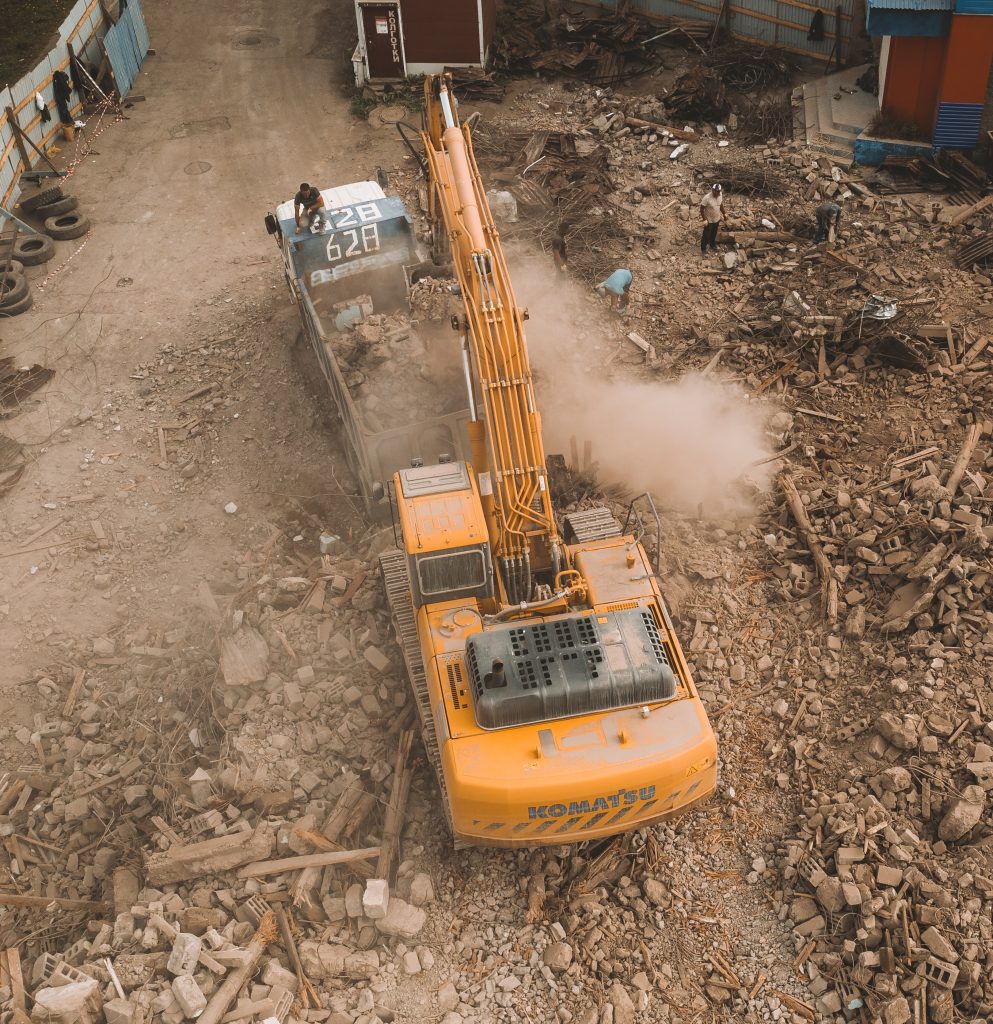
Cable and Hydraulic Excavators
The cable excavators and hydraulic excavators are mainly different from each other in how their parts move. Cable excavators were the machines that replaced steam shovels in the early 1900s. A series of steel wires and cables enable the main parts of a cable excavator to move whereas, hydraulic excavators as the name suggests, have a hydraulic system in place that is used to push and move the cylinders to control the boom and bucket of the machine. Machinery operators can use levers to control how the machine moves.

Crawler Excavators
It is the excavator that is used most commonly in mining, trench digging, and landscaping operations. These machines get their name due to their tracks and the way they travel on a work site. Crawler excavators are extremely powerful and the tracks allow them to move on rough and uneven terrain.
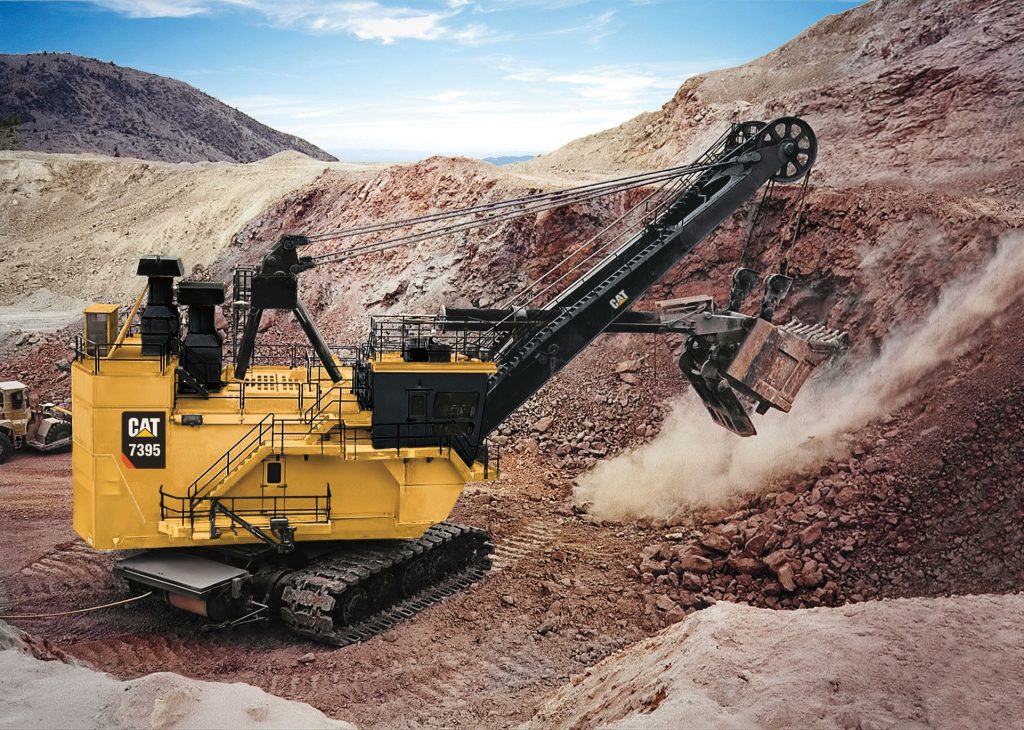
Dragline Excavators
Dragline excavators are huge in size and are usually used in big projects with a large site. Due to their weight and shape they need to be hauled to the work site separately piece by piece to later be assembled on site.
Suction Excavators
When it comes to clearing dirt, soil and debris nothing works as well as suction excavators. Usually, these types of excavators are used in underground applications for debris clean-up and other delicate excavation projects.
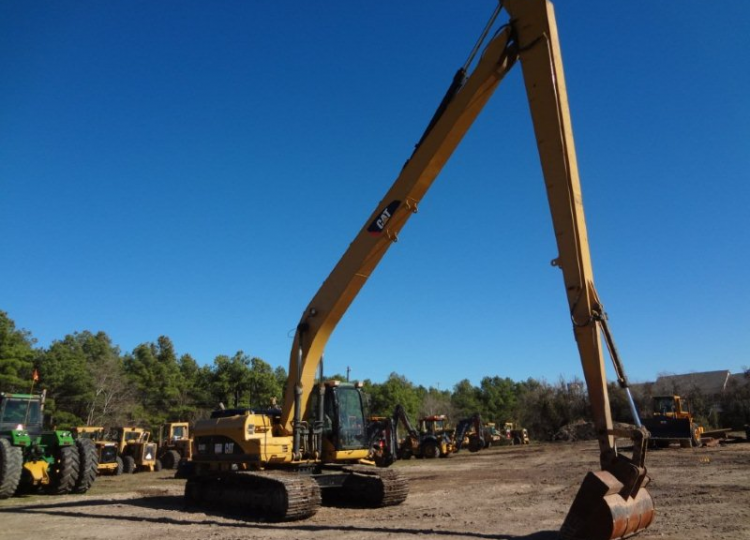
Long Reach Excavators
These excavators are perfect for jobs requiring heavy duty digging and industrial demo projects. With attachments the arms of this excavator can extend up to a 100 feet, allowing it to reach further than most excavators.
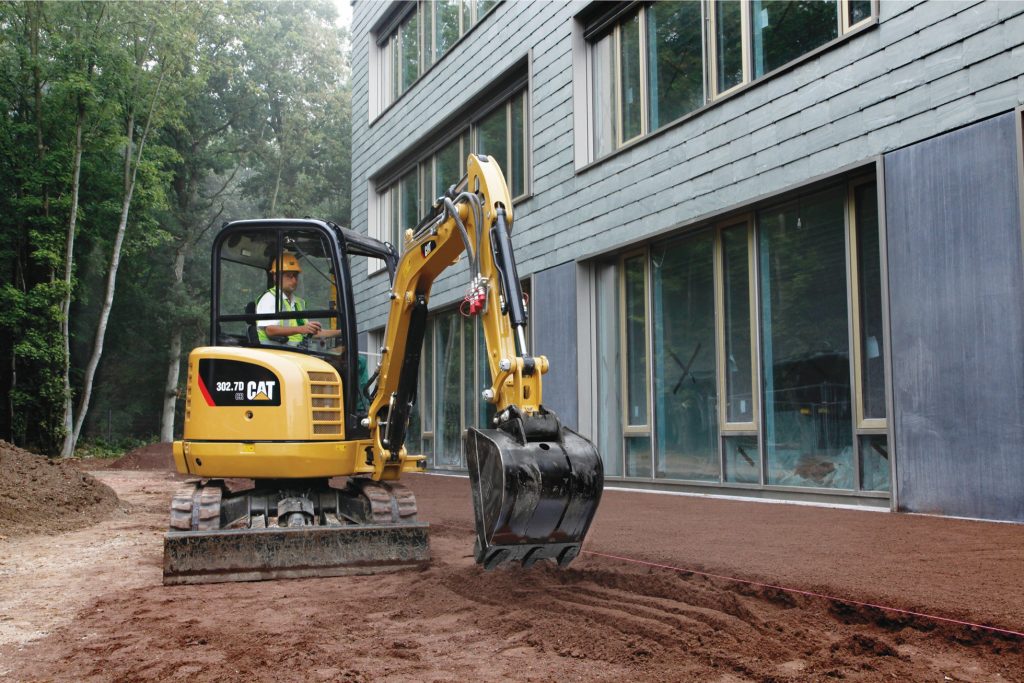
Mini Excavators
As the name suggests mini excavators are a smaller version of crawler excavators and are perfect for jobsites with obstacles or limited space. These excavators do not have tail wing capability making them ideal for small projects. Usually, these type of excavators are used in home and DIY landscaping projects. The decision about whether to purchase or rent a mini excavator depends entirely on the size and load of the project.
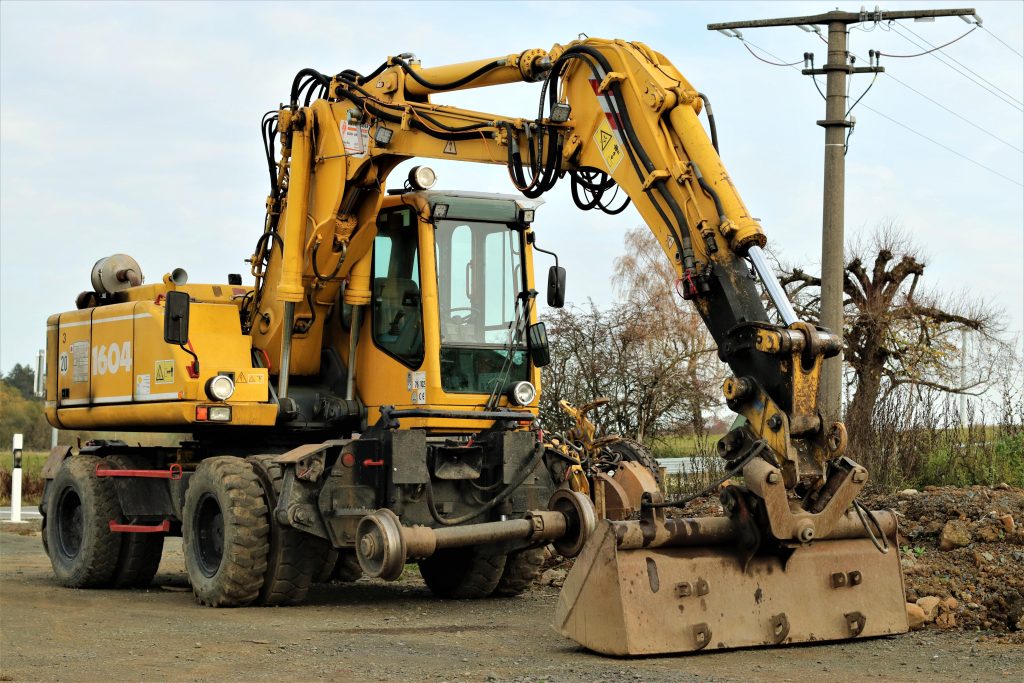
Wheeled Excavators
The only difference between a wheeled excavator and an average excavator is that they are fitted on wheels instead of tracks. These type of excavators are mostly used in urban areas as the wheels allow them to move more easily on finished roads without damaging them. They are gaining popularity these days and you can see wheeled excavators being used more often in city projects.


